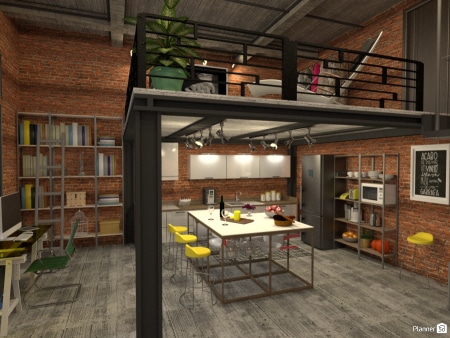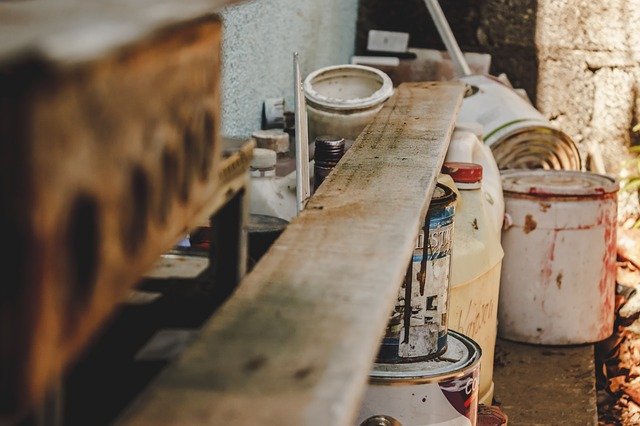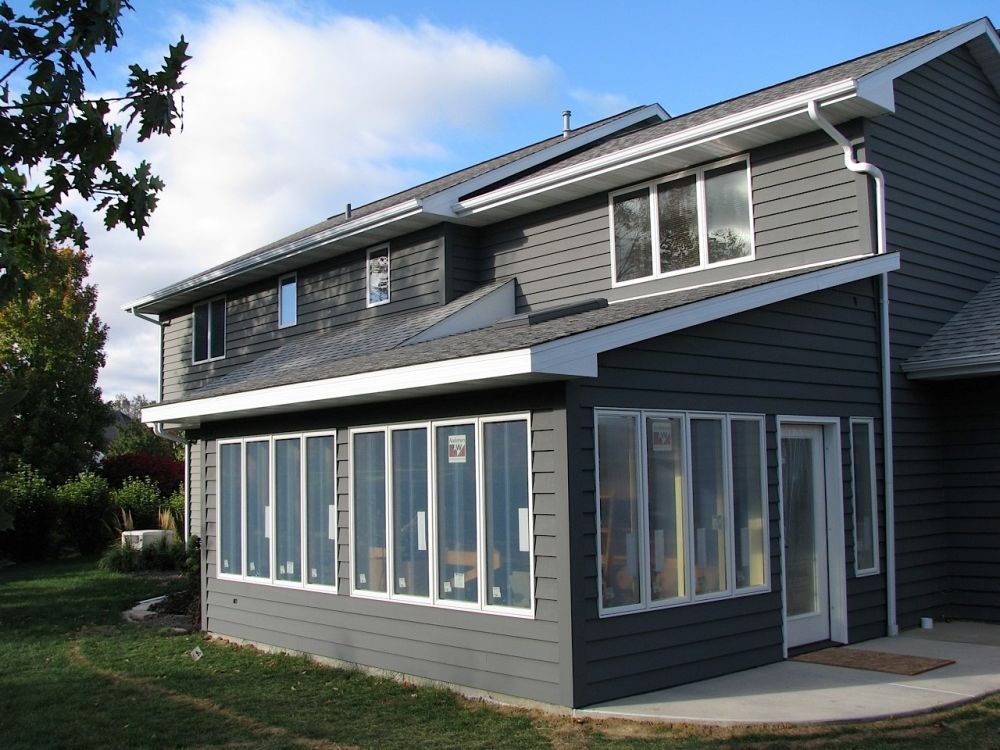
If you're a do it yourself enthusiast, you know how difficult it can be to clean up any dust left from your projects. Engineers have been working for years on ways to stop this problem. ZipWall is a dust shield that zips up tightly and fits around any space. While it is quite expensive, it is a great solution for many DIY enthusiasts. Below are some helpful tips on how to build your own DIY dust barrier.
To seal air registers or ducts, use cardboard. These areas are easy for dust to escape, and can cause damage to your air filters. Cover these areas with tape or plastic to stop dust from getting in. Be sure to cover the areas that are most likely to collect dust or make the most mess in your home. If you need to cover an entire room with plastic, you can make a temporary one-piece wall. This will shield the area from any dust that might be blow around during the project.

For those who are more experienced, there are kits available that are already assembled and ready to use. These kits are identical to those sold by ZipWall but provide more options for creating a dust barrier. A kit can include four adjustable poles, two zippers in red, plastic sheeting, and a carry bag. All of these items can be assembled quickly and are fairly inexpensive.
A sticker material can be used to attach to the outside to make a DIY dust barrier. These mats will keep dirt from getting outside. They can catch any dirt and grit that may have been tracked in. When you're done, take out the sticky sheet and put it back. Sticker mats will last for approximately one year. A pack of 30 sheets contains the adhesive material. It is extremely durable. The stickers can also be used to attach your company logo to the DIY dust barrier. This will make your project even more unique.
When remodeling, a DIY dust barrier can be a great option to keep dust at bay. A plastic sheeting with a zipper can be cut to a width of 10 feet. You should cut a large roll in half if you're using plastic. Then, you can run it horizontally from the ceiling to the floor, if necessary. If your plastic is thicker than the rest, you can attach it horizontally to fit around a window.

It should be strong enough for heavy dust loads. It should be able to hold the amount of dust that you want to contain. A DIY dust barrier should be sturdy enough to resist heavy objects. Also, the DIY version should be able resist small amounts of dust. You should be careful with your DIY system. The barrier will make the project easier. This includes the door kit that attaches on to the frame.
FAQ
Are there permits needed to renovate my house
Yes. You will need permits to start any home renovation project. You will require a building permit as well as a plumbing permit in most cases. You may also need a zoning permit depending on the type of construction you are undertaking.
Can I rent a dumpster?
A dumpster can be rented to dispose of your debris after you have completed your home renovation. Renting out a dumpster is an excellent way to keep your yard tidy and free from debris.
What should I do before renovating a home?
Fixing up a home starts with cleaning out all the clutter from inside and outside. Next, clean out any moldy areas. Final steps include cleaning up exterior surfaces and applying new paint.
Statistics
- On jumbo loans of more than $636,150, you'll be able to borrow up to 80% of the home's completed value. (kiplinger.com)
- Most lenders will lend you up to 75% or 80% of the appraised value of your home, but some will go higher. (kiplinger.com)
- It is advisable, however, to have a contingency of 10–20 per cent to allow for the unexpected expenses that can arise when renovating older homes. (realhomes.com)
- The average fixed rate for a home-equity loan was recently 5.27%, and the average variable rate for a HELOC was 5.49%, according to Bankrate.com. (kiplinger.com)
- Design-builders may ask for a down payment of up to 25% or 33% of the job cost, says the NARI. (kiplinger.com)
External Links
How To
Do you renovate interior or exterior first?
Which one should you do first?
There are many aspects to consider when choosing which project should be started. Most people consider whether the building is new or old. It is important to assess the condition of the roof and windows as well as the doors, flooring, and electrical system. You should also consider the design, location, size, number and style of the building.
If your building is very old, you should first look at its roof. If the roof looks like it could fall apart any day now, then you might want to get started on the renovation before anything else. If your roof is intact, you can proceed to the next phase. Next, inspect the windows. The windows should be inspected for damage or dirt before you do anything else. After that, you can go through all the doors to make sure they are clear of any debris. Then, if everything seems okay, you can begin working on the floors. Be sure to ensure that the flooring is stable and strong so that you can walk on it without slipping. After you have completed these steps, you can move on the walls. Examine the walls carefully to determine if there are any cracks or other damage. If the wall appears to be in good shape, you can continue to the next steps. The ceiling can be finished after the walls have been examined. The ceiling should be inspected to make sure it can support any weight that you might place on it. Then you can start your renovations if all goes well.
If the building was built recently, then you would probably want to start with the exterior. Start by looking at the outside. Is it clean? Are there cracks around? Does it look great? If the exterior doesn't look great, then you should definitely fix it. You don't want to let your home look bad. Next, make sure to check the foundation. The foundation should be inspected for weakness and repaired. Also, check the driveway. You want it to be smooth and flat. If it's not, then you should fix it. You should also inspect the sidewalk while you're checking your driveway. You should replace the sidewalk if it's uneven.
Once you have completed these inspections, you can now move on inside the house. Start by looking at the kitchen. Are you satisfied with the cleanliness and maintenance of your kitchen? It should be cleaned up if it's messy. Next, make sure to inspect the appliances. They should be in good shape and working properly. If they aren’t in great shape, then either you buy new ones or replace them. Next, inspect the cabinets. You can paint them if the cabinets are stained or damaged. If they are in great condition, then you can go to the bathroom. The toilet should be inspected here. If it leaks, then you should probably get a new one. You can wash it if it is just dirty. Next, inspect all fixtures. Make sure that they are clean. If they are dirty, then you should definitely clean them. Finally, make sure to inspect the countertops. If the countertops are cracked or chipped, you might want to repaint them. Use a sealant if they're shiny and smooth.
Last, check the furniture. You should make sure nothing is broken or missing. If something is missing, then you should probably find it. If it is damaged, you should probably fix it. Once everything is checked, then you can move back outside and finish the job.